It is not often you get to fulfill a lifetime dream. Not often enough for sure. Jeanette and I had just that opportunity this September when we planned a trip to Hawai’i! After some deliberation we decided to focus on the two islands of Hawai’i (the Big Island) and Kaua’i. The choice was difficult due to the variety of endemic birds spread across the islands (many of the islands have uniquely evolved species of similar birds). Our limited time (9 Days), and our intent to not just have a good birding trip but an amazing vacation too, pointed us to selecting two main islands for the trip. The wide array of birds and the Hawaiʻi Volcanoes National Park of the Big Island, and the absolute beauty and diversity of the species on the “Garden Isle” of Kaua’i eventually made the choice easy. Mau’i and Oah’u would have been nice too but would have to wait for another time.
I am going to break up the blog posts into individual days or a section of days. This way I can display quite a few pics and then reference pieces later. So, this initial post will cover our day and a half at Volcanoes National Park. I will also have all of the “good” pics up on our Flickr site, so you can always click the Flickr link to the right to see more goodness!
So, off we went. A 5+ hour flight to Los Angeles and then a 5+ hour flight to Hilo on the Big Island had us in Hawai’i late Thursday evening August 30th. We would have all of Friday at the Volcanoes National Park and the surrounding areas.
At first light, (being honest it was quite a bit before first light as the 6 hour time difference had Jeanette and I up in the early hours of the morning waiting to get our first day started!) we pulled together our gear and got ready to head out into the rain. We knew the area was frequently “wet,” but hoped the mentioned brevity of the showers would prove prophetic and grant us at least windows of sunlight on the sights and sounds of our first day. On our way out, we saw our first life birds of the trip. A flock of Nutmeg Mannikins, multiple Spotted Doves, and male and female Kalij Pheasants. All introduced species to Hawaii. We pulled into the town of Volcano for breakfast and our first taste of Hawaiian culture over Pancakes with Guava butter (a common fruit “butter” encountered in Hawaii). After a quick stop at the Kīlauea Visitor Center, we hit the Halemaʻumaʻu Crater, viewable from Jaggar Museum, and saw the beautiful caldera and its emitted steam plume surrounded by distant, circling White-tailed Tropicbirds.
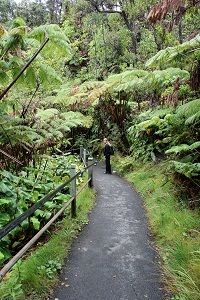
Our next stop on the Crater Rim Drive tour was the Thurston Lava Tube!
The forest began to grow thick and the huge ferns (Hapuʻu) became unavoidably evident roadside as we twisted down towards our destination. These fern forests are rarer and rarer with the fern being a favorite target of the wild pig. We counted ourselves lucky to see it in it’s current condition.
The seemingly “pushed mist” (as opposed to pouring rain) from the trade winds lightly greeted our final approach to the lava tube. We had heard of the cave like ancient lava tube that you can walk through as a can’t miss and we were excited to see it!
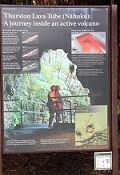
After parking we walked the wonderful little trail that takes you down to the Lava tube. We noted more Apapane and Amakihi and were blown away by the surrounding forest. The tube itself is an amazing glimpse at a lava distribution method and its hard not to find yourself imagining it full of the red hot lava rushing through.
Another short hike back to the car and we were heading out down Chain of Craters Road again.
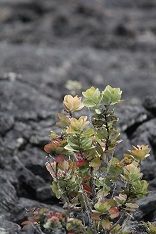
The drive down Chain of Craters Road is stunning. It is a breathtaking view full of new sights for your eyes and mind to take in. Candy for the brain. We rolled past lava flows with signs identifying them from the 70s and marveled at the sheer enormity of it all. What a powerful force of nature!
We wound down the road and took in the beautiful ‘Ōhi’a Lehua trees as they literally rose from the ashes as some of the first returning plant life. These trees are a key piece to the Hawaiian Honeycreeper puzzle and each time I saw one I was reminded of their resilience, even in the face of the tough odds of life on a Volcano. Its ironic however, that they are challenged elsewhere on the island due to their unique survival strategy. A lower root system while great for harsh, hard lava, did not bode well when Pigs and other animals were introduced to Hawai’i by humans. This strategy made them vulnerable to threats that they hadn’t naturally evolved to face. But these Ohi’a were persisting, and made their presence known throughout the scarred landscape as we headed down further towards the ocean. The sun had also made its appearance as we left the forest’s edge and this made the trip even sweeter.
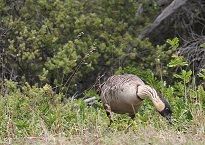 As we came around one corner we got our first look at the Nēnē! Also known as the endangered Hawaiian Goose, I had imagined these guys from pictures in our field guides but seeing one was truly awesome! Unique to the Hawaiian Islands, the Nēnē is the State Bird and IMHO is one awesome looking Goose! This was the only Nene we saw on the southeastern side of the island.
As we came around one corner we got our first look at the Nēnē! Also known as the endangered Hawaiian Goose, I had imagined these guys from pictures in our field guides but seeing one was truly awesome! Unique to the Hawaiian Islands, the Nēnē is the State Bird and IMHO is one awesome looking Goose! This was the only Nene we saw on the southeastern side of the island.
Our final stop would be at the end of the Chain of Craters road at the Holei Sea Arch. There we would meet the Pacific and see the road that was overrun by lava in 2004 pushing the current end of road about a mile before the lava.
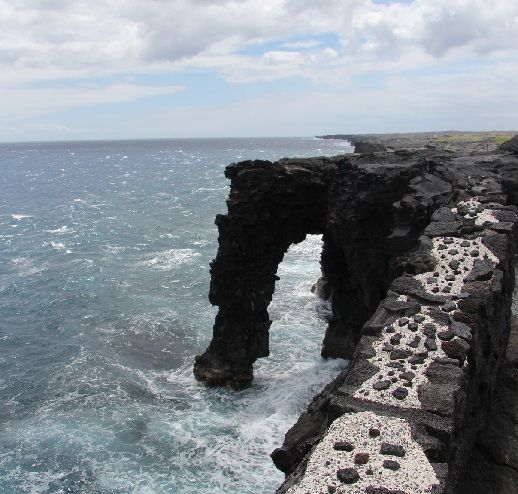
You can hike out to active lava (quite a hike of approx 8 miles round trip depending on the current lava flow) across the old road and possibly glimpse new lava creating new land!
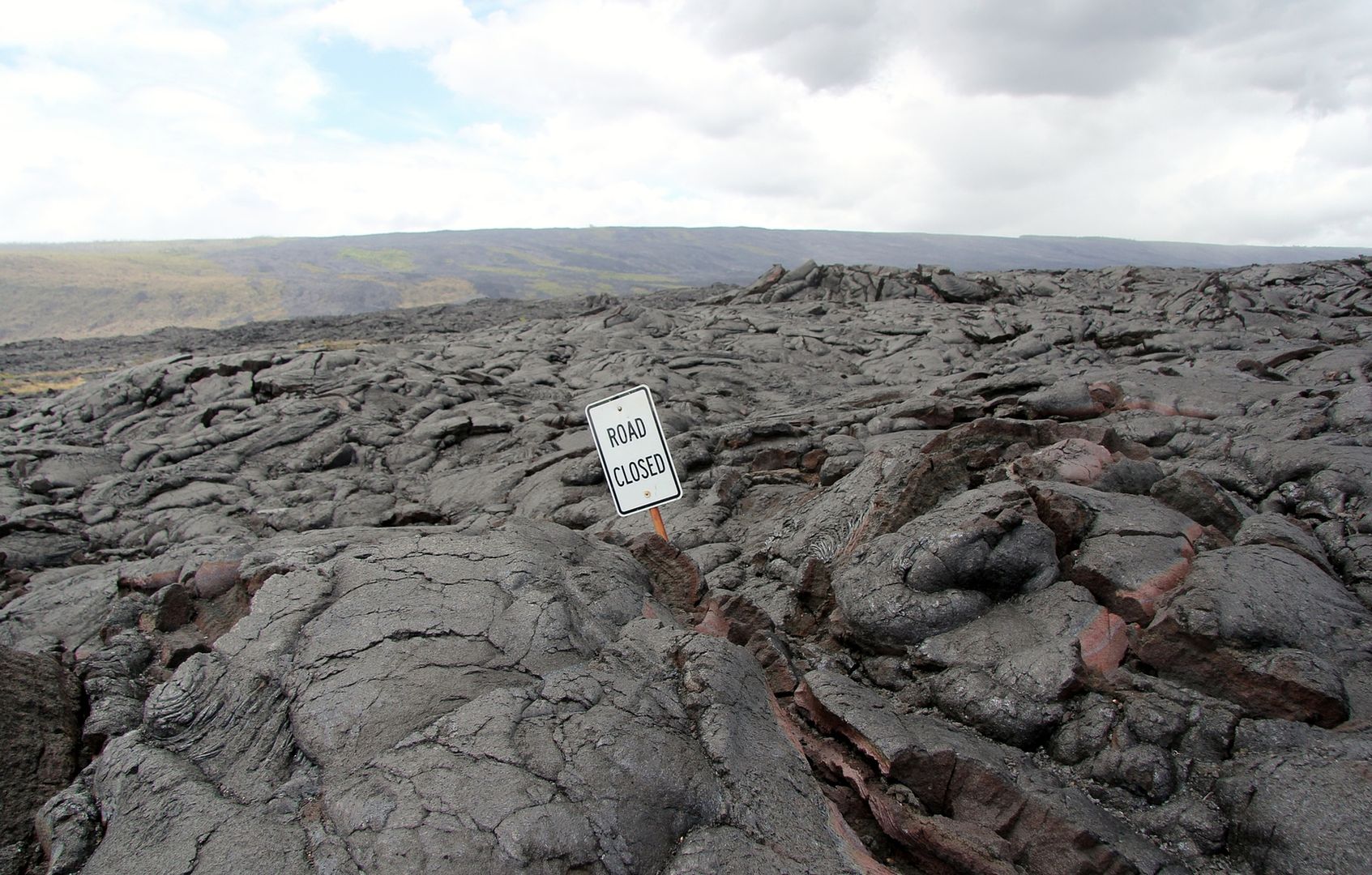
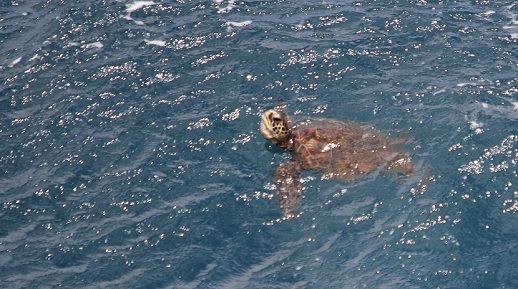
There was also a 40 foot trail from the Ranger station to the Holei Sea Arc where Hawaiian Black Noddys soar by and we saw our first Hawaiian Green Sea Turtle (Honu)! A beautiful opportunity for pictures at this wonderful spot too. It is sensory overload and it is amazing how quickly you become acclimated to such “strong” visuals. It never gets old but somehow it becomes more familiar. The power of a true natural beauty.
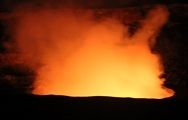
We finished the day back at the Halemaʻumaʻu Crater for a night viewing not to be missed! The glow of the red lava in the crater rising into a dark sky. It seems almost fake. As if thousands of LEDs were run under some overhang hundreds of feet out. It was hard to imagine the churning fire blaring such a glow. Immense! It was a fitting end to our first full day in Hawai’i! It is all very deliciously overwhelming I must say. 🙂
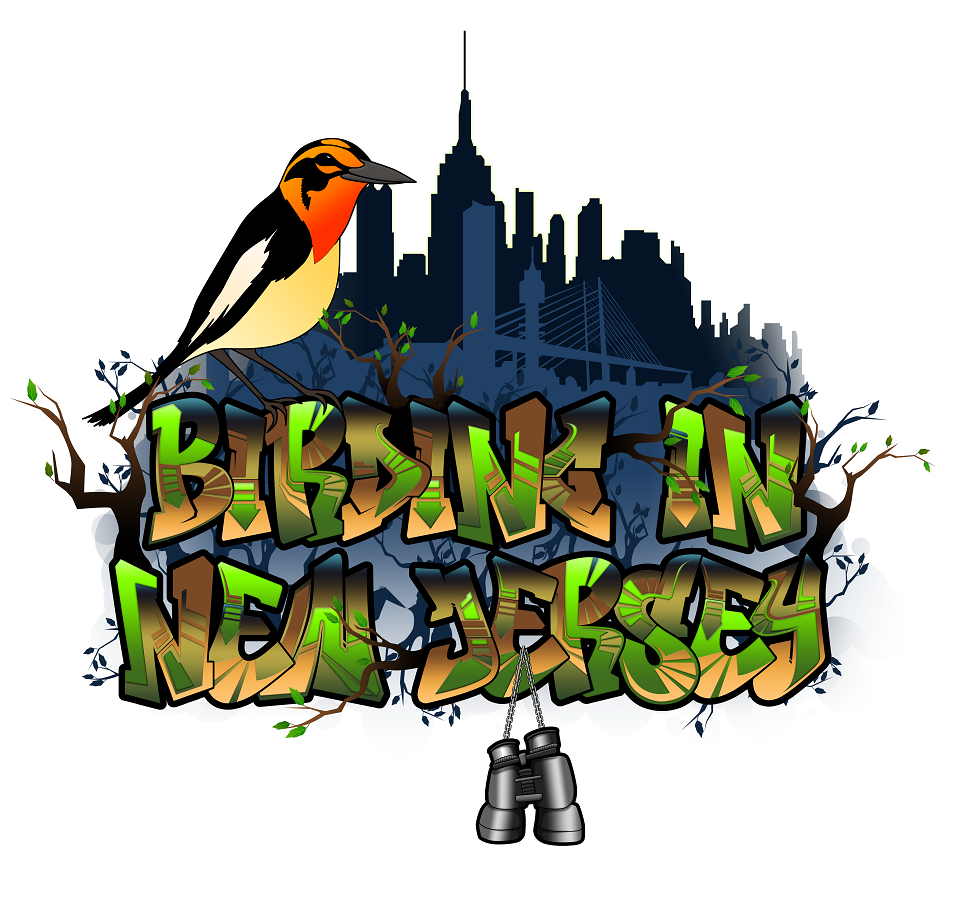

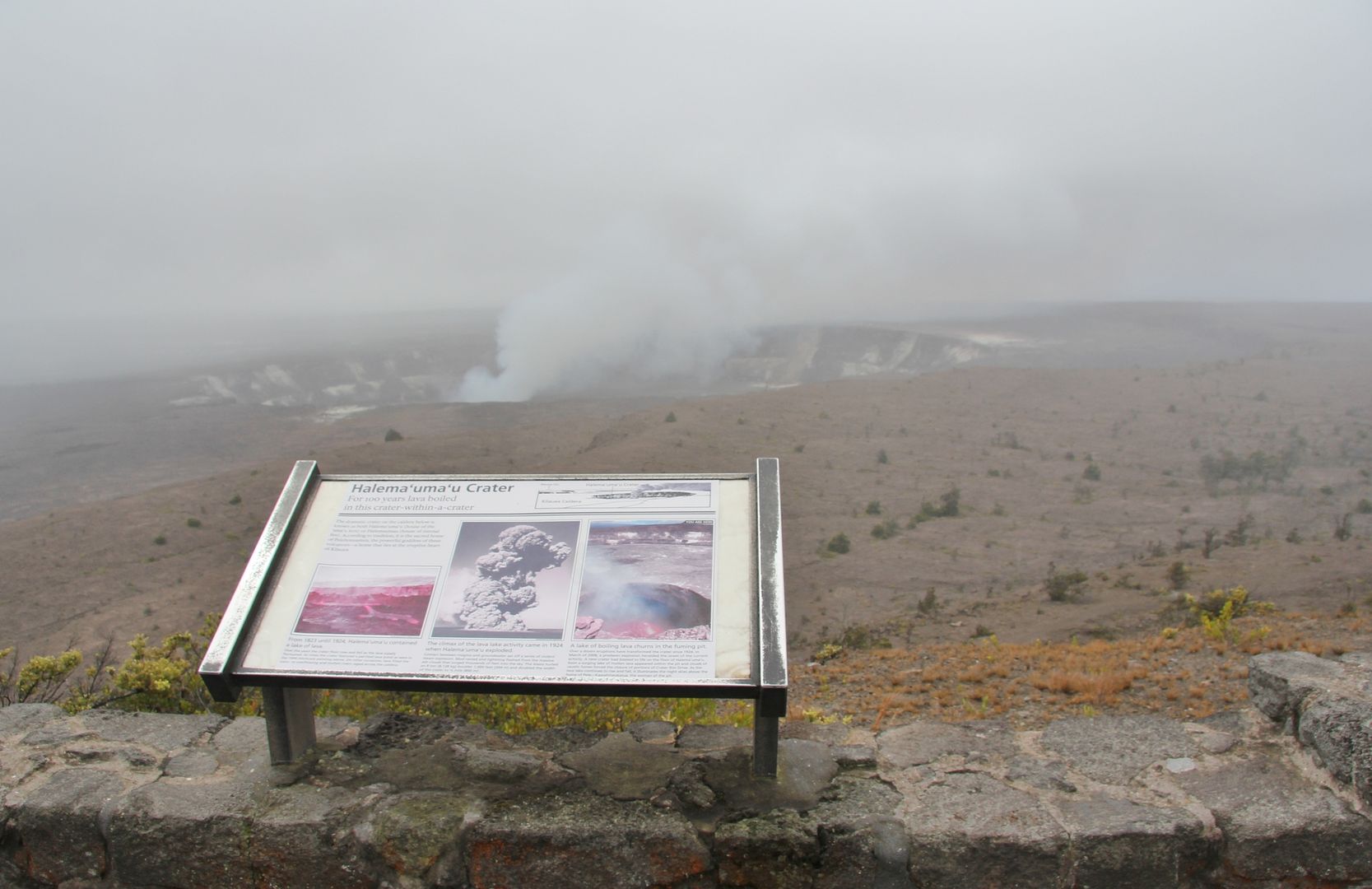
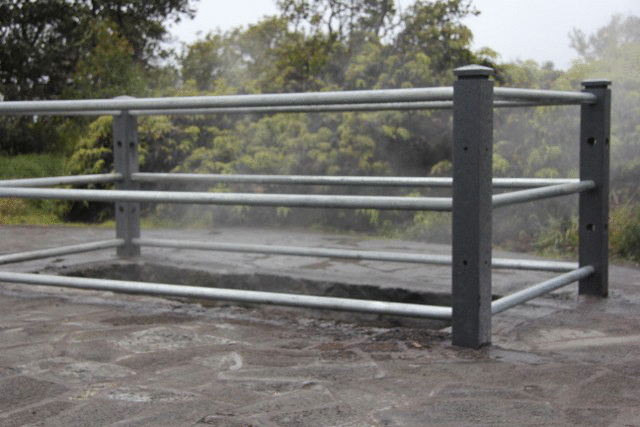
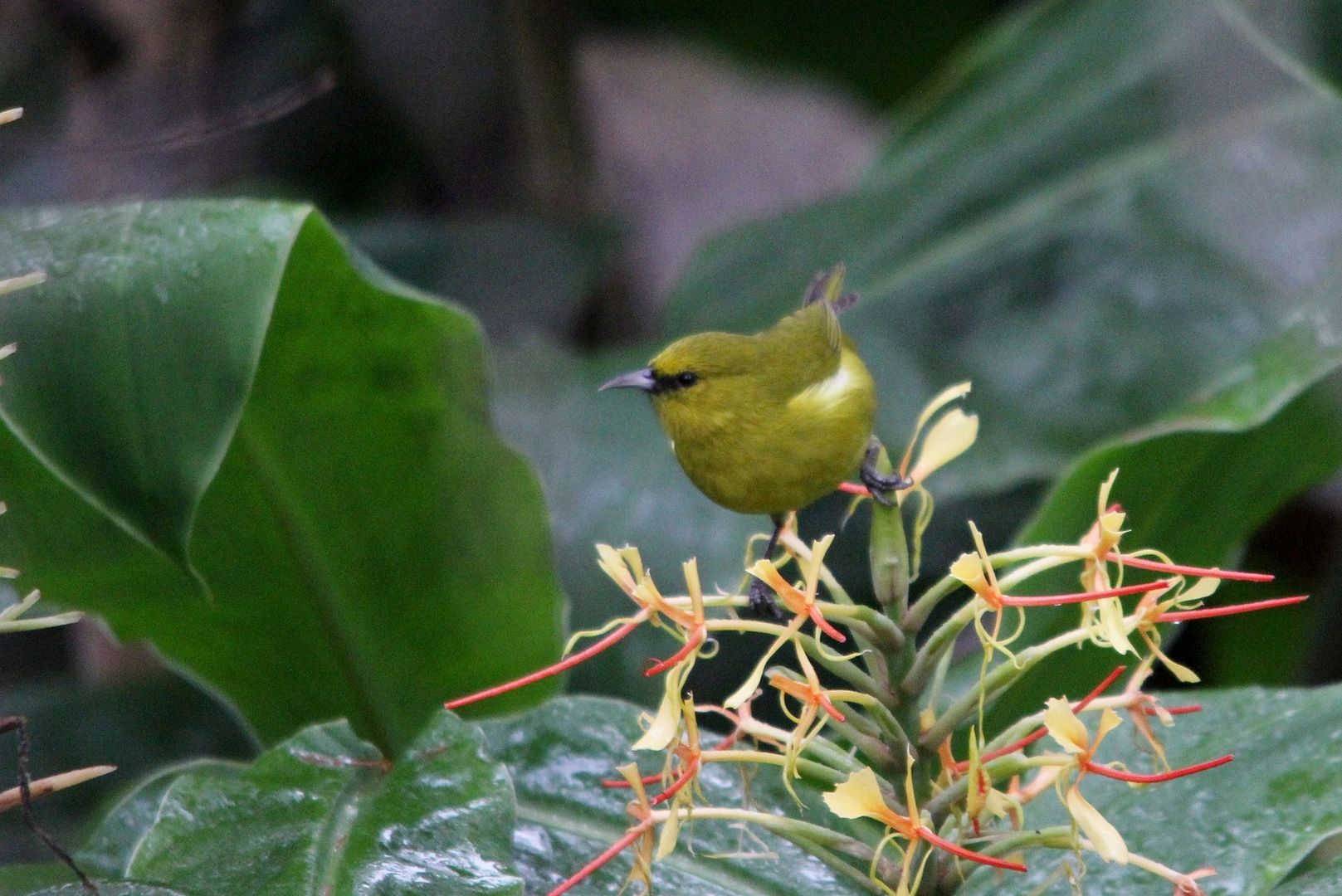
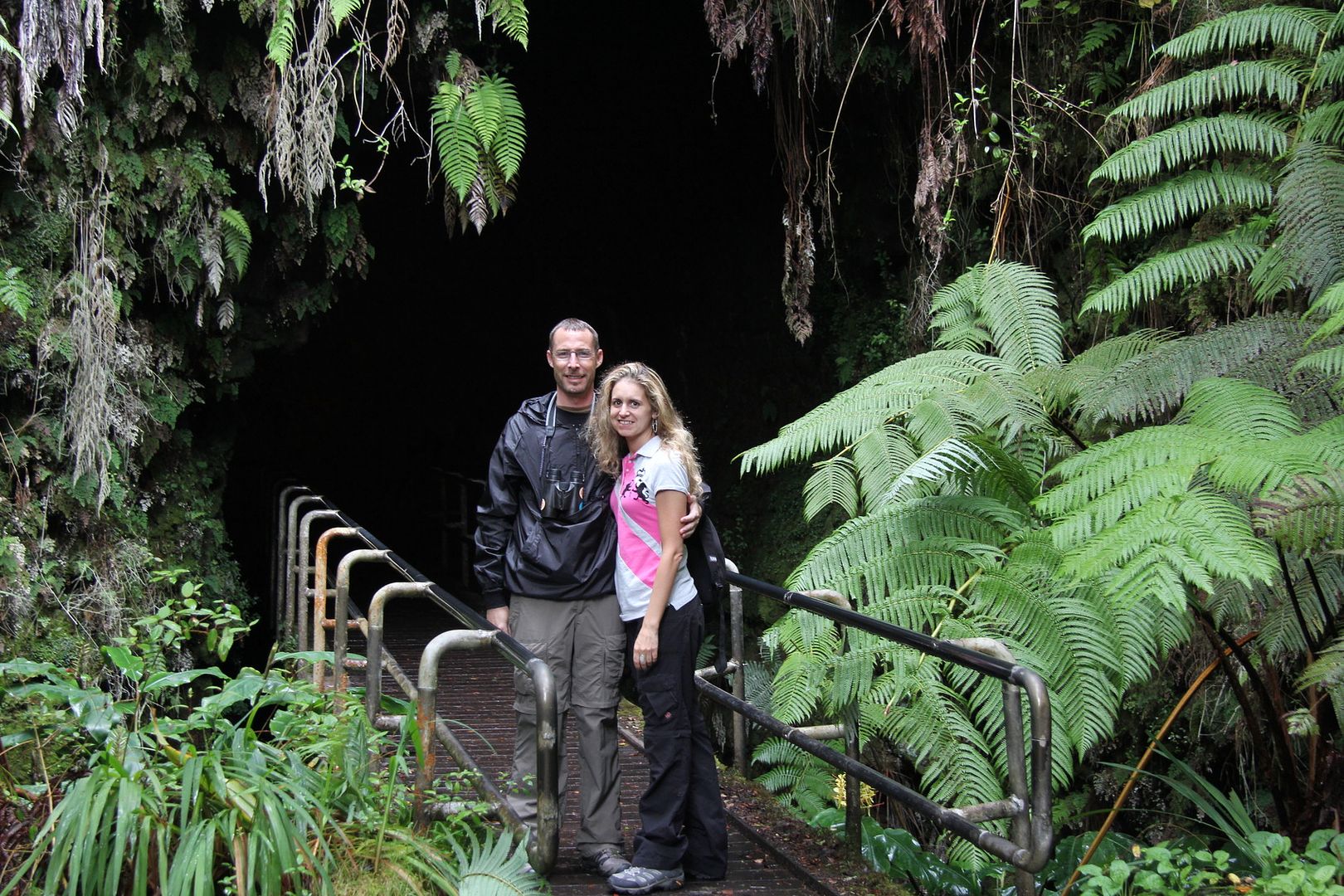
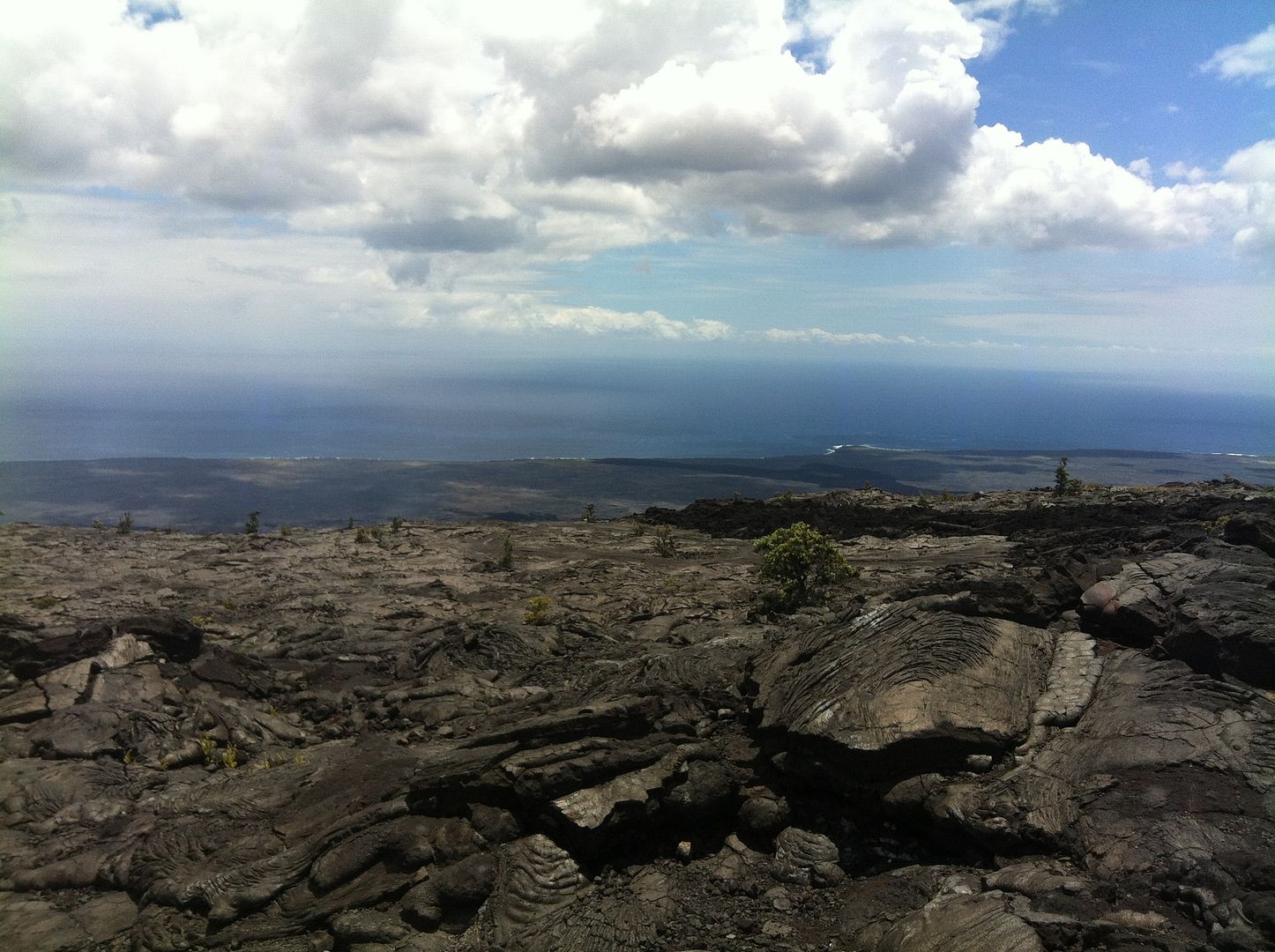
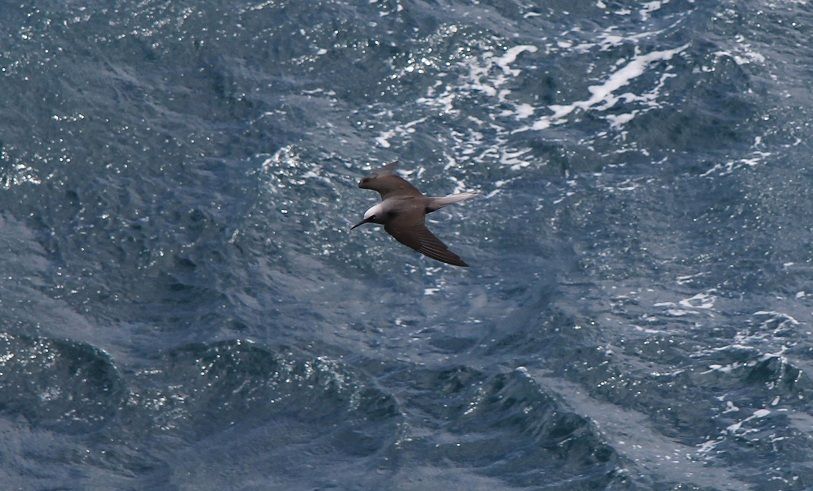
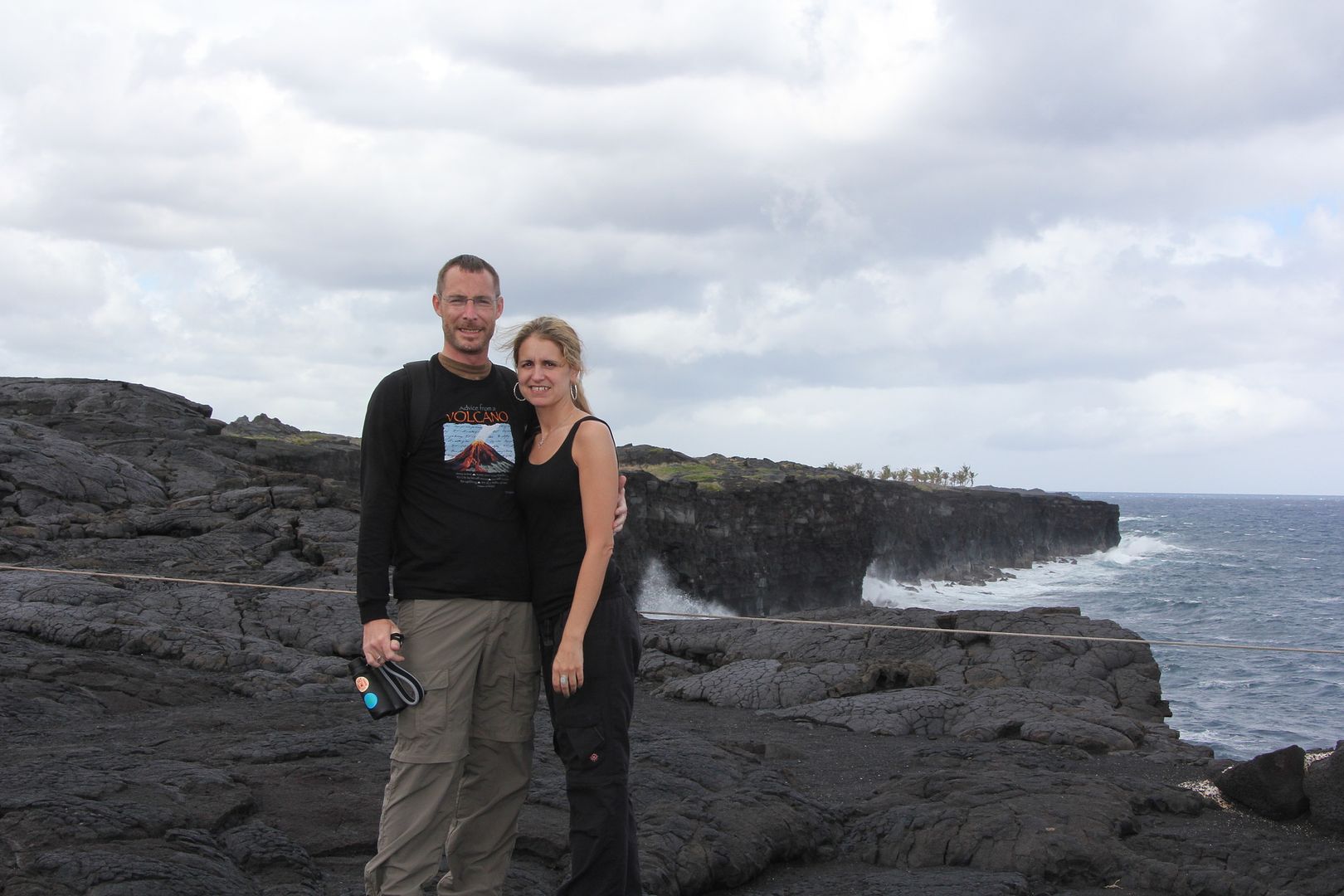
Leave a reply